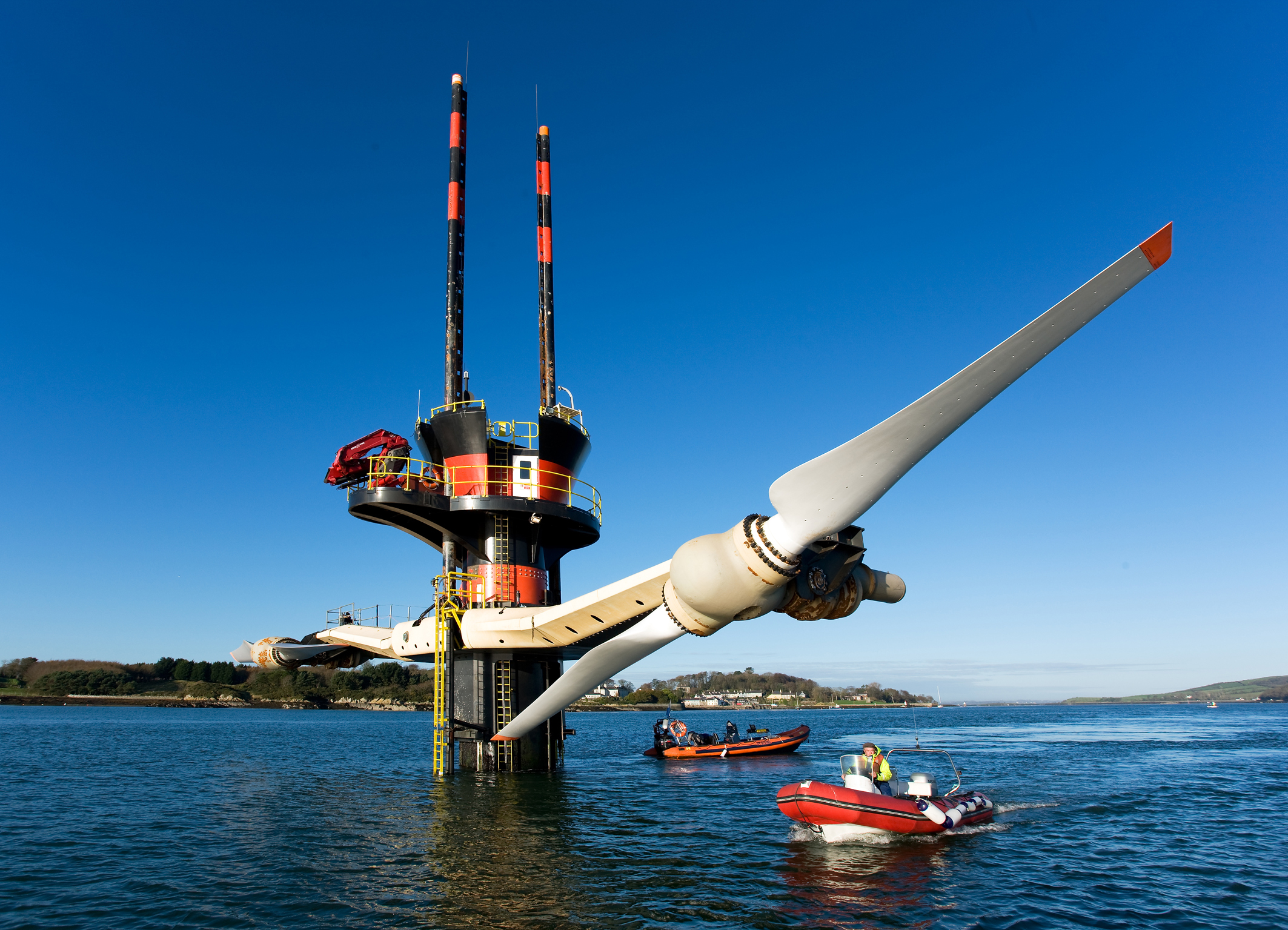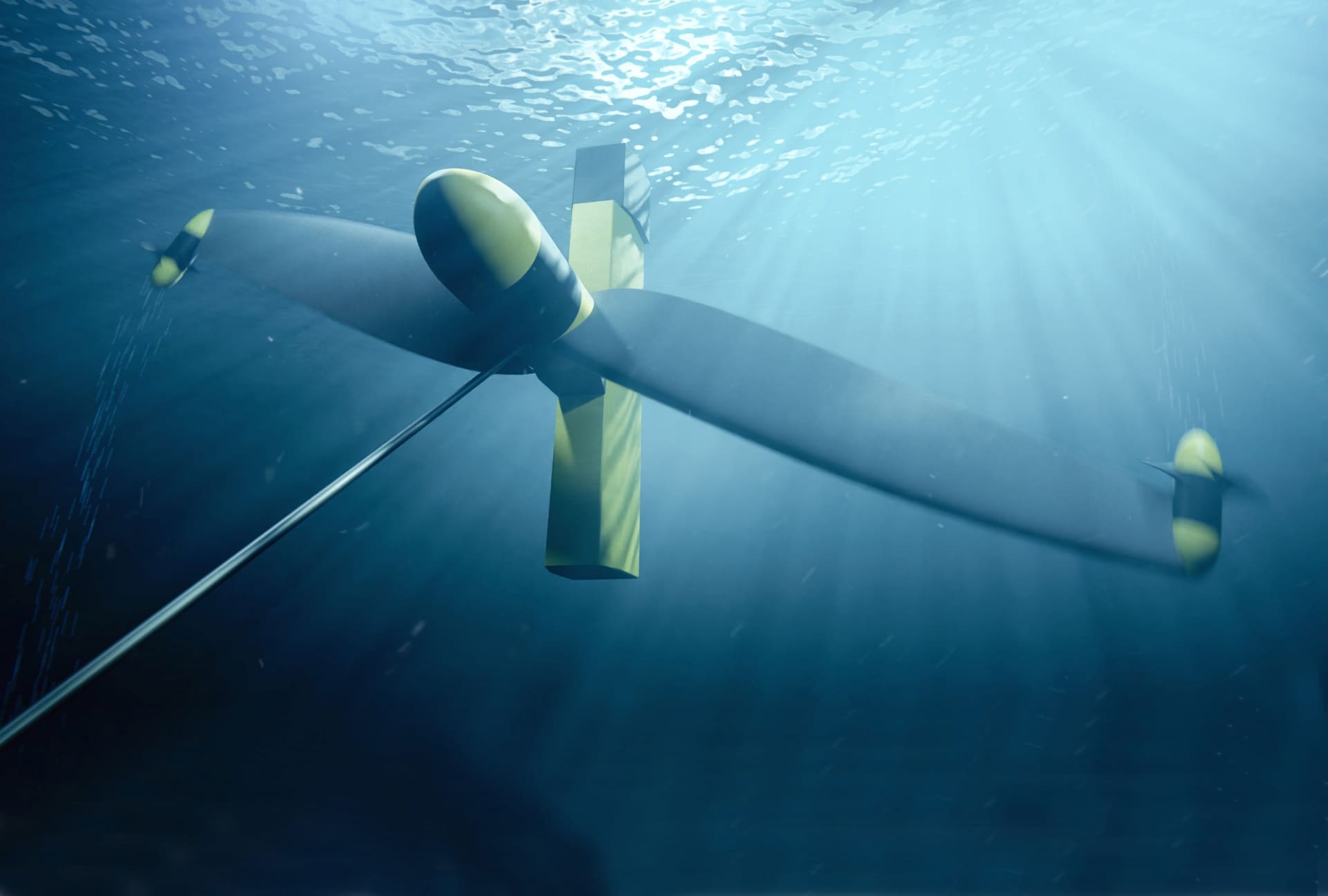Earth, the watery planet. The third quarter of the human body is water, a somewhat analogous picture applies to the planet we dwell on. There is a vast reservoir of untapped energy potential in our oceans that awaits the opportunity to be used for the benefit of our planet. Let’s take a voyage beyond the seas to investigate the possible uses of marine energy.
When Eco Wave Power originally proposed in 2016 to affix a string of buoys to a Gibraltar World War II ammunition jetty, the concept was met with mistrust. However, the facility was constructed and so far, since a power purchase agreement with the government, the buoys rise and fall in tandem with the passage of the waves, providing Gibraltar’s microgrid with a consistent electricity supply. Up to 15% of the island’s power demands are met by the facility.
Over the coming decades, ocean energy is anticipated to play a part in reducing carbon emissions worldwide. According to the International Renewable Energy Agency (IRENA), by 2050, marine energy technologies are expected to account for 881 gigawatts or around 4% of the global mix of energy sources.
Tidal Energy
The gravitational attraction of the sun and moon produces tidal energy, which has great potential as a renewable energy source. Typically, barrage systems or tidal stream generators are used in tidal power plants to harness the kinetic energy of tidal flows. One benefit is that it’s predictable since tidal patterns closely correspond to moon cycles. The impact on marine habitats and the high initial cost of construction, however, continue to be major obstacles.
Estimates indicate that tidal energy has considerable potential to provide a large amount of the world’s electrical demands globally. However, despite being one of the most sophisticated technologies available, there are only two large-scale tidal barrage systems in use worldwide: the 254MW Sihwa in South Korea and the 240MW La Rance in France, both of which opened in the 1960s. Russia, China, and Canada have all commissioned smaller projects.
Considering the Bay of Fundy in Canada has some of the highest tides in the world, nations including the UK, France, and Canada have made progress in tidal energy projects. On the other hand, The MeyGen project, which is being constructed in phases and has the capacity to generate 398MW, is an innovative use of tidal energy in Scotland’s Pentland Firth. Since 2017, power has been exported from its initial demonstration phase to the UK grid.
Marine Current Power
Another option for producing renewable energy is to use the kinetic energy of ocean currents. Currents can be continuously flowing and be converted into power by devices like underwater turbines. Marine currents provide a more reliable and continuous energy source than tidal energy. Nevertheless, there are difficulties with deployment in deep seas and possible effects on marine life.
Few nations have access to this hydrokinetic energy within their own territory or exclusive economic zones, as global marine currents occur in the open ocean. One of these nations is Japan, where labs and demonstration scales are being used to develop the early-stage technologies required to tap into this massive energy source (the 100 kW floating system known as “Kairyu” has been erected several kilometres off the shore of Kuchinoshima Island).
Marine current power has a great deal of potential in areas with strong and steady ocean currents, such as the Gulf Stream and the Kuroshio Current. Initiatives to access these resources have been launched by nations such as South Korea and Scotland.
Ocean Thermal Energy
Ocean thermal energy conversion, or OTEC, converts solar energy into electrical power using salt water. It depends on the thermal gradient of the ocean or the drop in temperature from the warm surface waters to the frigid waters found at vast depths.
Thermal exchangers and water condensers are used by OTEC facilities to convert hot and cold saltwater, which turns turbines to produce energy. Only in areas where the temperature differential within the top 1,000 meters of the water is more than 20° Celsius can it be completed effectively. The majority of the tropical waters on Earth have these characteristics.
Every morning, sunlight is a free and endless resource. Furthermore, OTEC is said to have the capacity to produce billions of watts of power by scientists. However, only a few plants—mostly experimental ones—have been constructed. The fact that the required thermal gradient is present at sea, but the power it can provide is needed on land, is one of the issues limiting OTEC.
OTEC has a lot of promise in tropical areas like the Caribbean and portions of Southeast Asia that have access to deep, warm seas. There are still no commercial-scale OTEC facilities, despite continuous research and experimental programs.
Wave Energy
It is not a novel concept to harness waves for energy production. In fact, the earliest wave energy systems were tried over a century ago, using an oscillating water column to harvest energy.
The unceasing movement of waves offers a sustainable energy resource that is ready for use. Wave energy converters are devices that use the kinetic energy of waves to generate electrical energy. Large-scale deployment of waves is hindered by difficult maritime circumstances and technological obstacles, despite the fact that waves provide great energy density and reasonable predictability.
Wave energy extraction can be best done in coastal regions with strong and consistent wave activity, such as the Pacific Northwest and portions of Europe. Wave energy research and development has received funding from nations like Portugal and Australia, and pilot programs have shown the technology’s viability.











